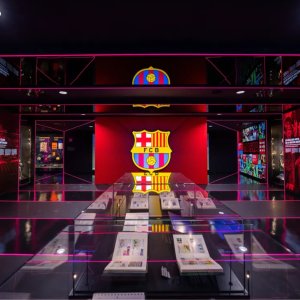Human expression through art has always been closely related to the environment. In this article we will take a journey through human history to learn how art has developed in relation to the environment and sustainability, an exciting story that reveals many details about how we perceive the world and how we relate to it.
Even at the dawn of our history, in the Palaeolithic era, pioneering artists used natural pigments such as iron oxide, clay and charcoal to depict animals and human figures on cave walls.
This incipient art, which is believed to have had some kind of ritual or religious function, can be found in some of the most representative Palaeolithic caves, such as Chauvet, Altamira and Lascaux. All of them are closed to the public for conservation reasons, although they have replicas where all the paintings are reproduced so that we can enjoy this cave art.
Some, such as the cave of Altamira, in Cantabria, have dozens of bison on the ceiling painted with such care and detail that it has been nicknamed the "Sistine Chapel of prehistoric art".
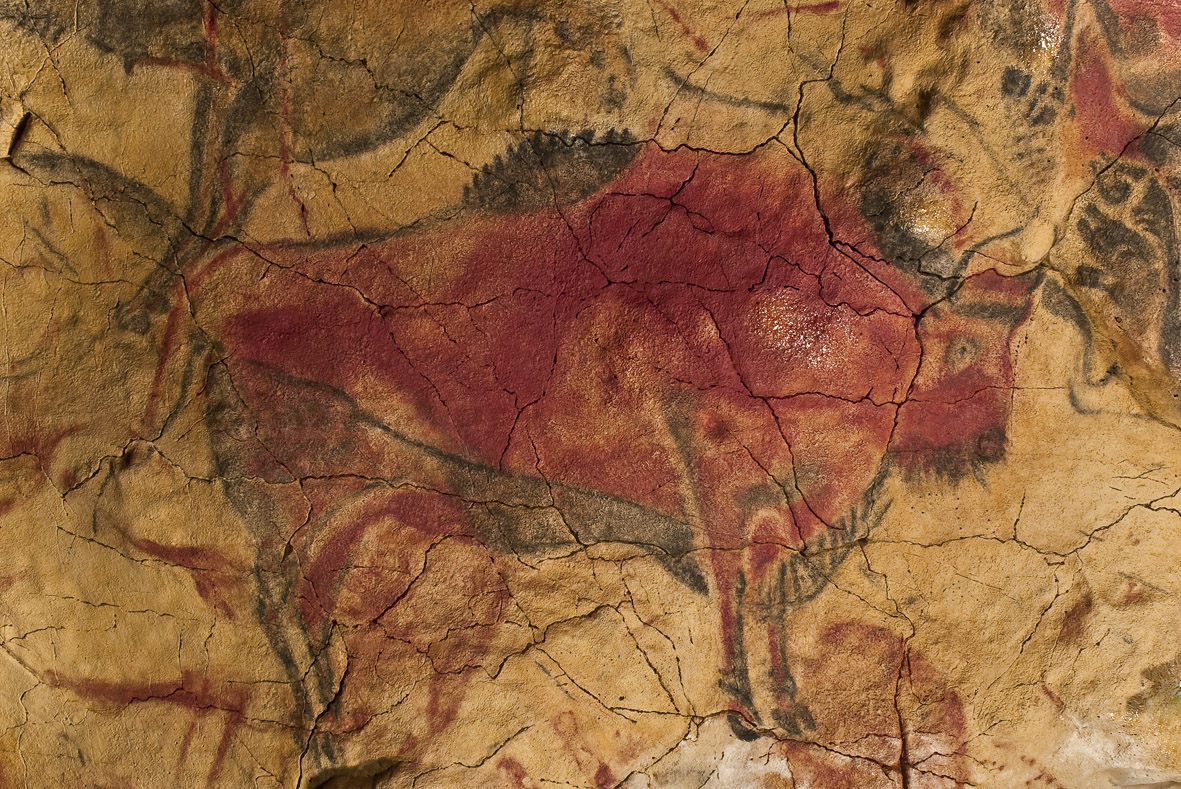
The discovery of agriculture led to the development of the first great civilisations, such as Mesopotamia, giving way to the historical period of the Neolithic.
Artists began to create more elaborate works and, in addition to painting, they also created sculptures and ceramic objects, giving way to a new form of art.
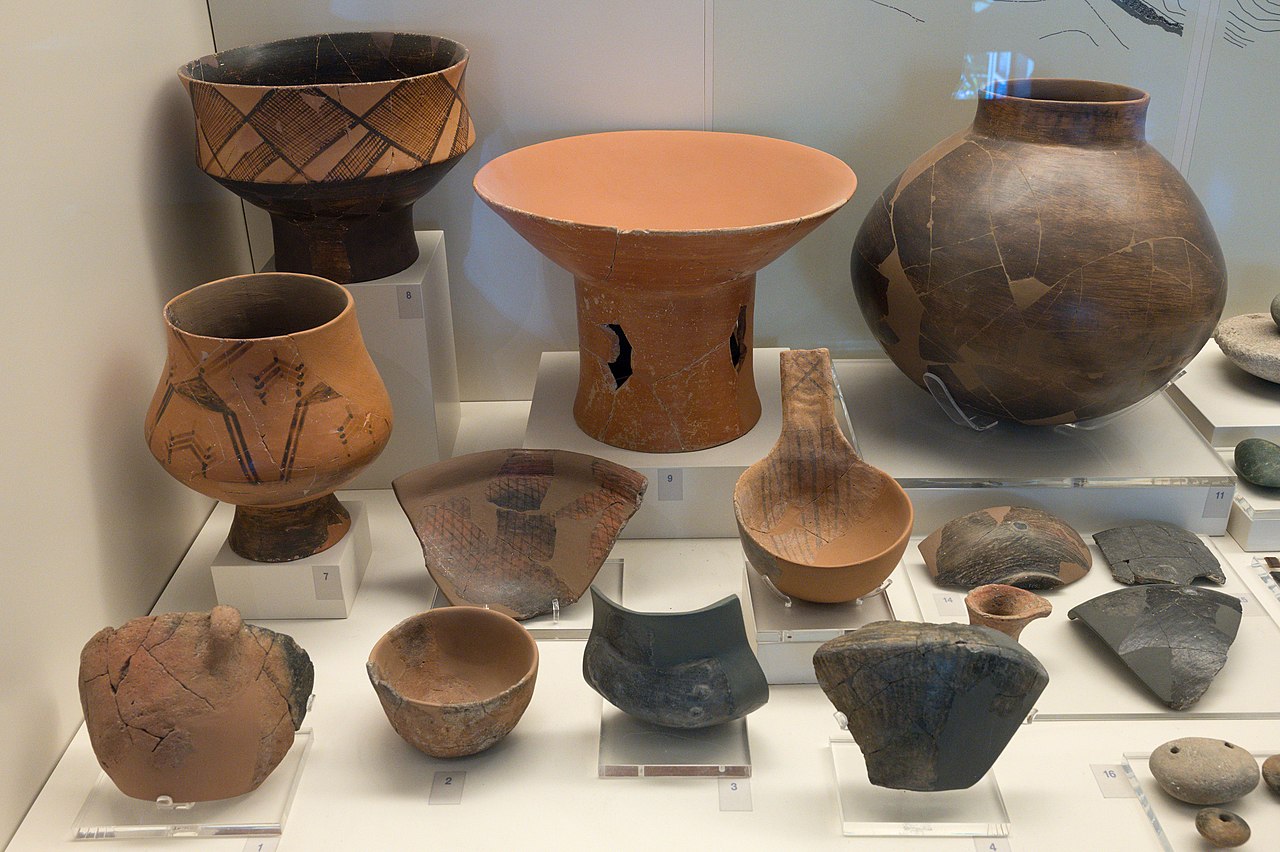
Again, the most recurrent motifs were nature and animals, with the addition of a desire to reflect everyday scenes of life in the community. Of course, there is no conservationist intention, as there was no such awareness at the time, believing that the environment was never ending.
The centuries went by and, little by little, art evolved in terms of new media, such as the papyrus of Ancient Egypt, or Chinese ink engravings. In addition to depictions of animals, human figures and customs, landscape motifs were added as a way of appreciating their beauty.
The classical period, with the heyday of ancient Greece, marked the beginning of the idealisation of nature. Thus, scholars such as Plato and Aristotle philosophised about what art meant, arriving at different conclusions in the face of the human inclination to imitate what is visible, also known as mimesis.
Plato said that art was doubly false because it tried to imitate the falsity that was itself reality. Aristotle, on the other hand, thought that imitating nature was the ultimate aim of art.
Two different points of view that gave rise to the tendency in ancient Greece, and also in the Roman Empire, to observe nature as the ultimate expression of beauty and perfection, considering that art should follow these values as the basis of its principles.
This idea was so strong that it defined the artistic principles of practically the entire history of Western art.
In addition to laying the philosophical foundations of art, the classical period marked the beginning of the use of very durable materials for art, such as marble and bronze, as there was an intention that these works should last for many years.
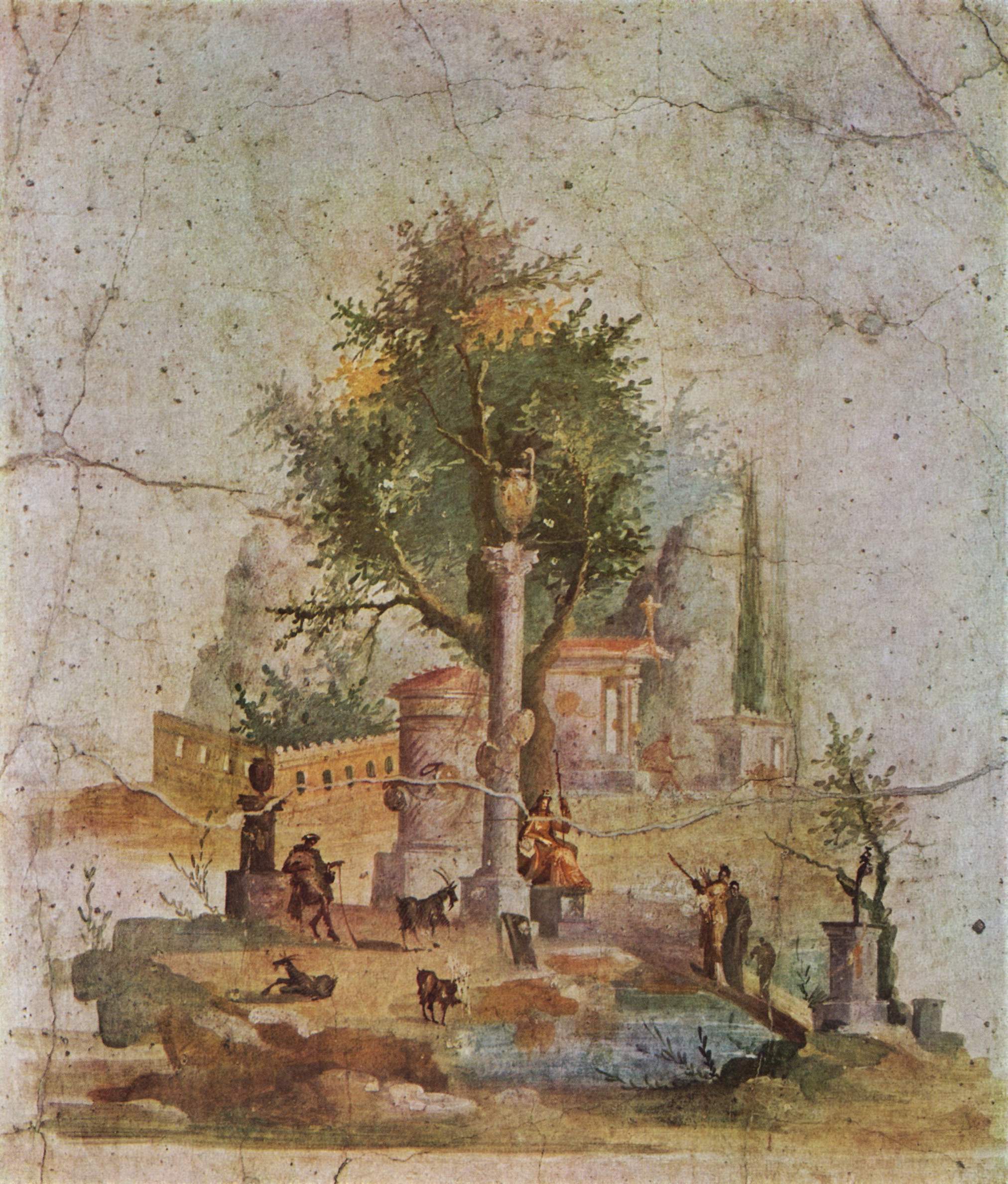
Sustainability awareness would not begin to appear until the height of the Roman Empire, when personalities such as Pliny the Elder began to take an interest in the use of resources and the impact of human activity on the environment. To learn more about sustainability in the ancient Roman Empire, read this article.
After the fall of the Roman Empire came the Middle Ages, a time when art largely reflected the relationship between humans and their natural environment.
Religious art, which was most common in the Middle Ages, often featured biblical scenes including landscapes, plants and animals as a way of expressing God's relationship with creation. Illustrations of animals, plants and scenes of rural life can be found in many medieval manuscripts, sometimes even illustrating a world of dreams and fantasy, as in the paintings of Bosco.

From the 1300s onwards, a new way of understanding art and life emerged in Italy, the Renaissance. This period, marked by a return to the values and ideals of classical Greece and Rome, saw a renewed interest in nature and incipient scientific observation.
This led to the creation of highly detailed and realistic landscapes in painting, as well as high-quality human figures in sculpture.
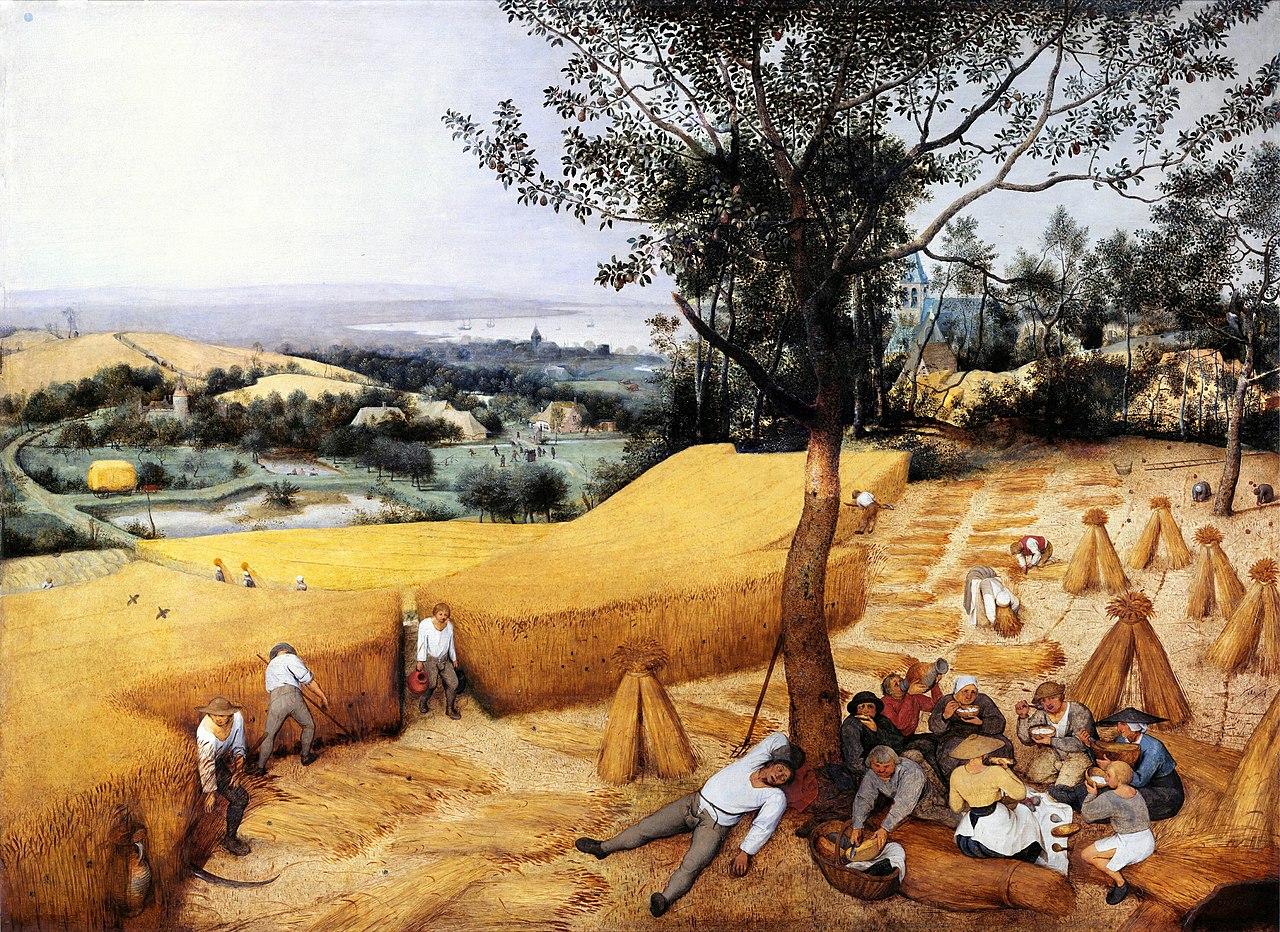
Baroque artists such as Jan Brueghel the Elder, Claude Lorrain and Jacob van Ruisdael were characterised by their excellent use of light and the great detail of their landscapes, which represented a step forward in terms of artistic quality, as well as consolidating the pictorial style of landscapes.
The interest in sustainability in the Renaissance arose from the need to choose durable and beautiful materials as a support for works of art, as they were intended to last for many centuries.
The arrival of Romanticism in the 18th century marked the beginning of the perception of nature as a living, mystical being, which was reflected in all forms of art, from painting to music and poetry.
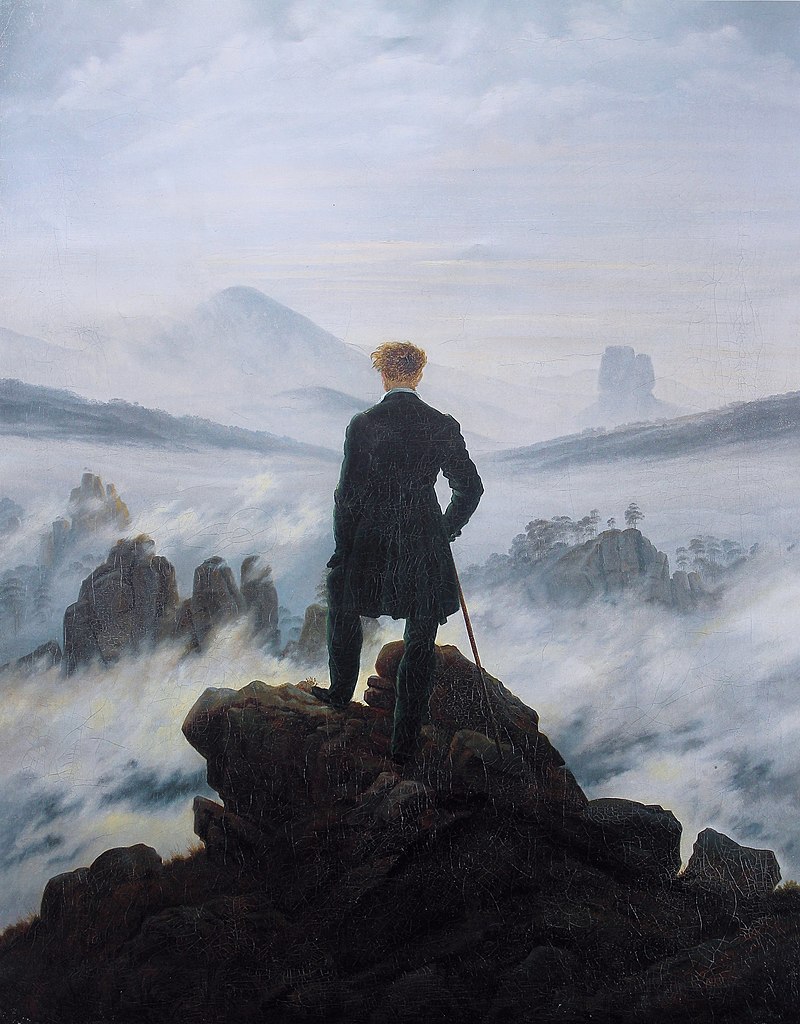
This increased sensitivity to the environment gave rise to the foundations of environmental art, in which an awareness of environmental protection began to take shape in response to the impact of the incipient Industrial Revolution.
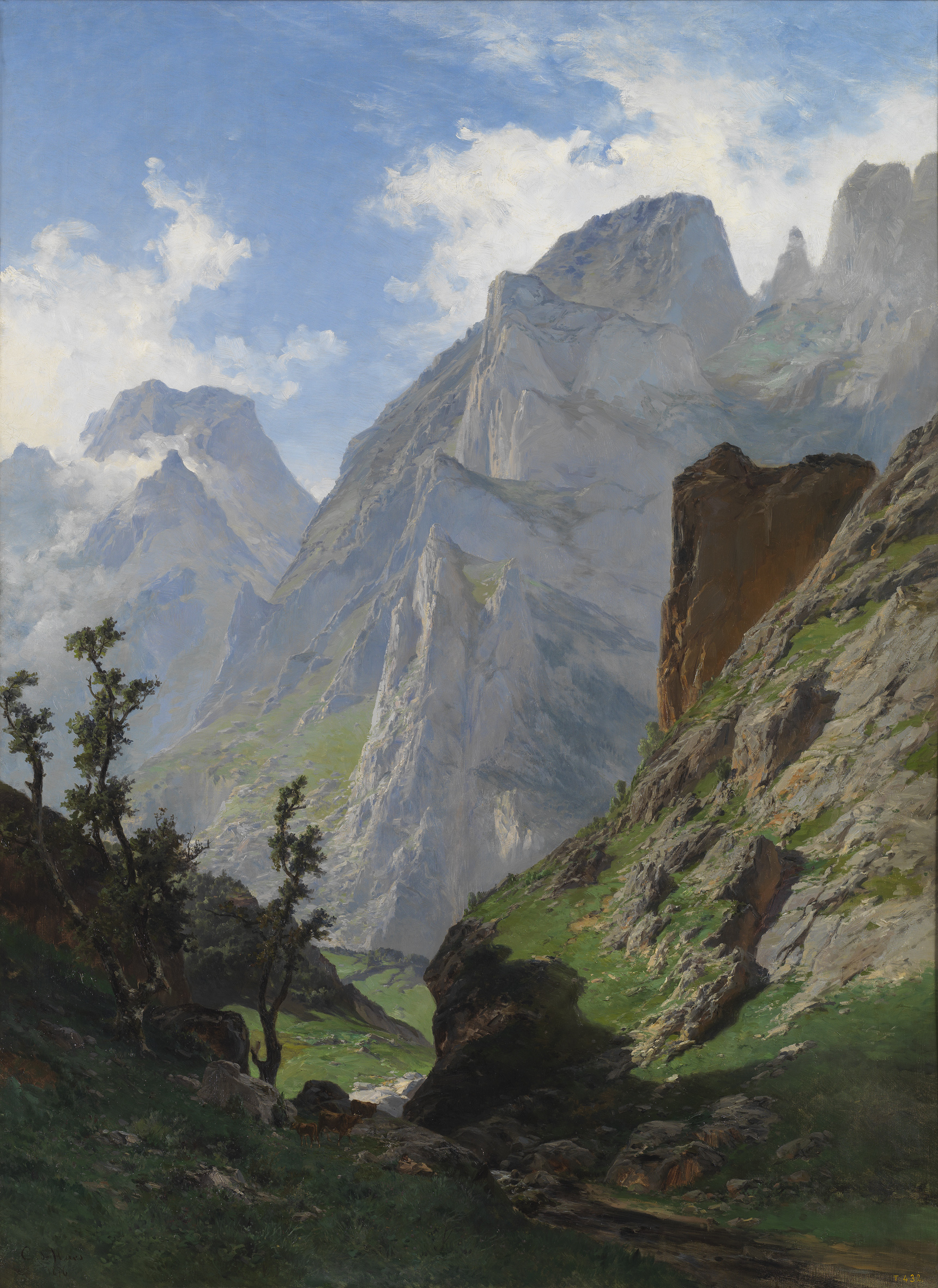
Works of art emerged that worshipped the beauty of nature, as well as depicting environmental injustice and inequality through images of destruction and pollution.
This approach of painting to sustainability would become a constant in pictorial art, reflecting an interest in making the most of natural resources and enjoying the wonders of nature. An example of the latter is John Constable's paintings, in which the sky takes on a new dimension.

The 20th century was the century of technology, which brought about a transformation in the artists' gaze thanks to the effects of photography and cinema. Imitating nature, trying to achieve its beauty, was no longer enough, as the new tools made it possible to do this work effortlessly.
It was necessary to look further afield, with actions that appropriated nature itself, as happened with Land Art, or to turn it into the raw material of art itself. These new artistic currents, where concept prevails over aesthetics, reflect the concern for the conservation of the environment, with the creation of works that criticised the exploitation and abuse of natural resources.
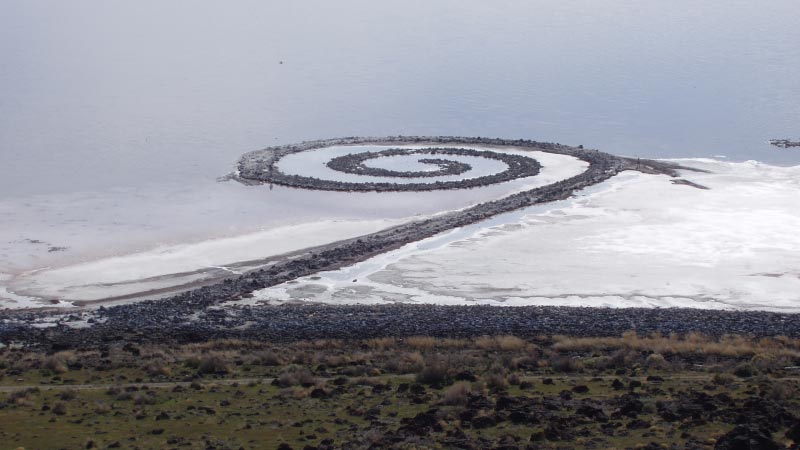
These works have an awareness-raising intention, giving art a new dimension beyond aesthetics and technical quality.
In today's 21st century, art continues to be a medium for addressing and reflecting on the relationship between humans and the environment.
Climate change and environmental degradation are recurring themes in contemporary art, and many artists are committed to both the message of their work and the materials they use, seeking to create sustainable art that has a positive social and environmental impact.
Artistic creation has reflected our relationship with the environment throughout history, and always will. It is the most human way of transmitting our dreams, desires, feelings and ideas, seeking to leave a record of the moment we are living.












